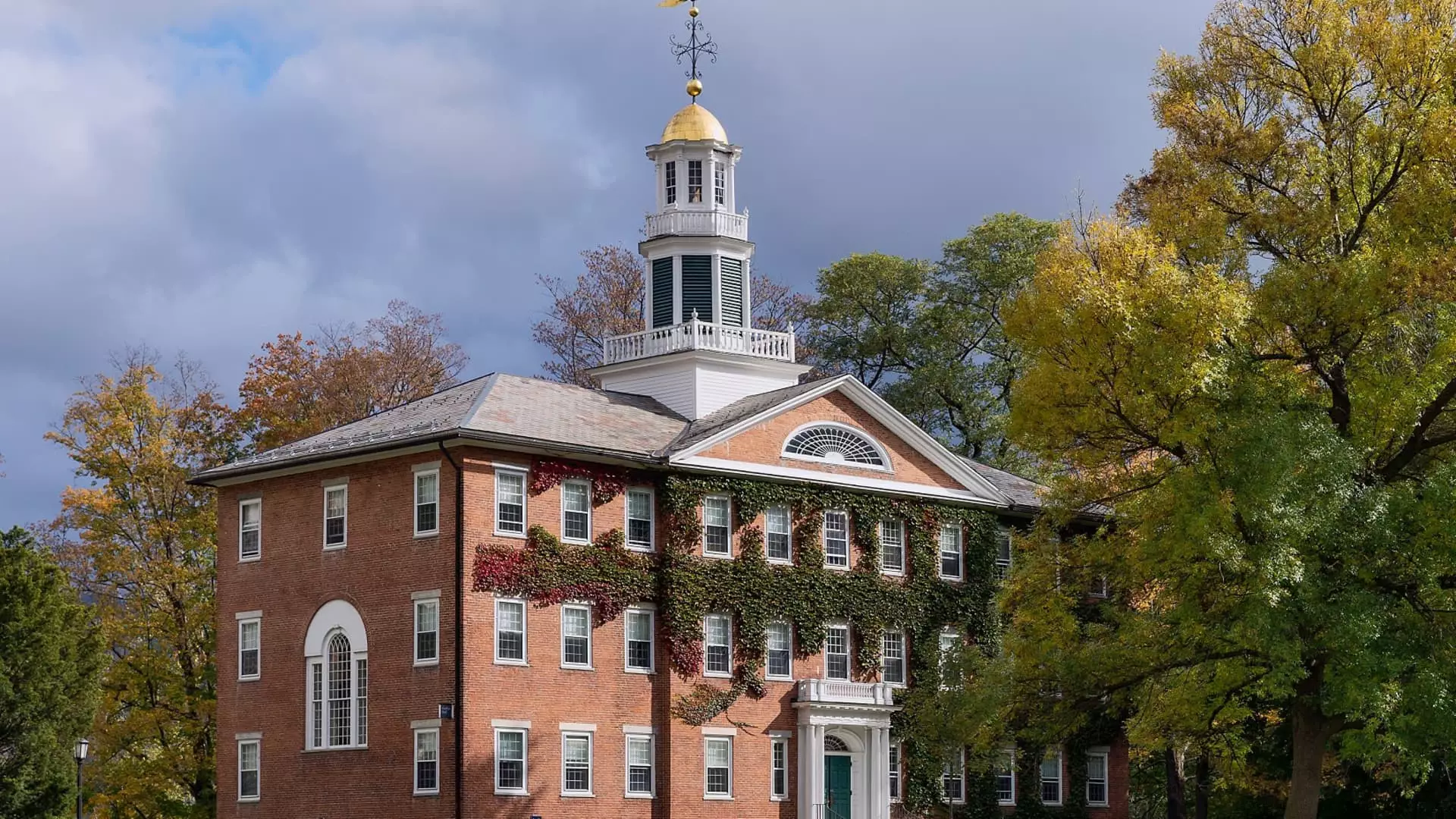The current landscape of higher education in the United States paints a troubling picture. With college tuition escalating at an alarming rate—5.6% per annum since 1983—students and families find themselves grappling with the realities of a system that seems to favor financial gain over educational opportunity. A recent analysis by J.P. Morgan Asset Management reveals the stark disparity between rising educational costs and stagnant or diminishing support for tuition. For the 2024-25 academic year, the average total cost for private universities crept up to an astonishing $58,600, while even in-state public colleges exhibited hikes, averaging $24,920. As these financial burdens become increasingly untenable, it raises critical questions about the accessibility and value of higher education today.
Political Decisions, Economic Consequences
Compounding this crisis is a politically charged environment that seems oblivious to the needs of the most vulnerable students. The latest proposed budget from the Trump administration suggests insidious cuts to federal financial aid—specifically, decreasing the maximum Pell Grant from $7,395 to a meager $5,710. These reforms are not merely budgetary maneuvers; they reflect a fundamental misalignment of priorities where the financial constraints of higher education are overshadowed by tax-and-spend agendas. It is ironic, to say the least, that amidst skyrocketing tuition and dwindling economic opportunities, our leadership would choose to tighten the purse strings on student aid—a lifeline for many.
The Illusion of Financial Aid
In conversations about the cost of college, Robert Franek from The Princeton Review states a crucial point: it isn’t merely about the sticker price; it’s about what families are actually paying after scholarships and grants are factored in. However, this perspective risks becoming an illusion when considering the precarious nature of these grants. With rising inflation and government support on the decline, the average student is left to navigate an educational landscape that feels increasingly hostile and exclusionary. Grants may be the “magic word,” but their decreasing availability makes them less reliable, transforming hope into desperation.
Using Rankings as Signals
In light of these challenges, The Princeton Review meticulously ranks institutions based on their financial aid offerings and the satisfaction levels of students. While it attempts to highlight those that do lend sufficient aid, the methodology unintentionally perpetuates a problematic status quo. The top institutions may boast impressive scholarship awards, reaching amounts close to $74,113 at elite schools like Williams College, but they often come with an exorbitant out-of-pocket cost still hovering around $16,637. This suggests a form of elitism that continues to marginalize those from lower-income backgrounds, leaving them grappling with insurmountable educational debts without sufficient revenue to support their aspirations.
Shifting Perspectives on Value
As rising tuition becomes more significantly burdened by students and their families, perspectives on the value of a college degree must evolve. While degrees from prestigious institutions hold undeniable clout, the financial repercussions can often negate those benefits. Is it worth plunging into debt for a piece of paper, or should prospective students shift their focus to cost-effective alternatives? With the job market becoming increasingly competitive and uncertain, this urgent question looms large. Colleges and universities should encourage robust discussions about career readiness and adaptively respond to the job marketplace rather than maintaining archaic structures that exclusively satisfy traditional academic benchmarks.
A Moral Imperative Against Raises in Tuition
The future of higher education must be predicated on principles of equity and accessibility. The challenge extends beyond merely raising awareness; there needs to be a concerted political and cultural effort to counteract the forces that perpetuate financial inequality. If educational institutions are to remain relevant, they must stand up against legislative proposals that seek to strip away the very foundations of their accessibility. Students who represent the future of this nation deserve better than a financial system that operates in their detriment. Ending the cycle of budget cuts and prioritizing comprehensive aid must become our collective aim—after all, the foundation of democracy relies on the well-educated populace it nurtures.


Leave a Reply